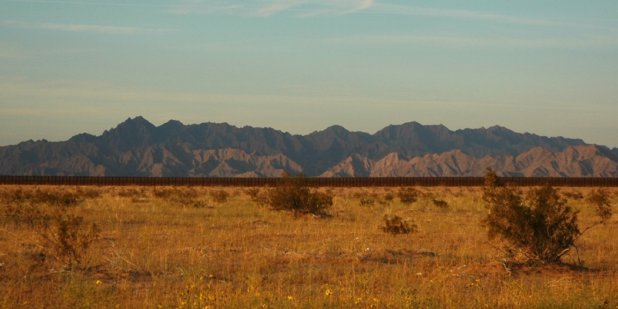- About
- Topics
- Picks
- Audio
- Story
- In-Depth
- Opinion
- News
- Donate
-
Signup for our newsletterOur Editors' Best Picks.Send
Read, Debate: Engage.
There are many isolated refugee crises around the world. As the crisis in the Middle East spills over into headlines, we look into the recent history of Afghanistan to understand the nature of escape as it has played out in the last thirty years or so; to see how the causes and methods of escape are often complex and heavily contextualised, and how “who” gets to escape is determined by wealth. While the Syrian and other refugee crises are arguably more relevant, we hope to show that escape isn’t simple, and to evaluate its reasons and causes requires time and sufficient contextual knowledge; we hope the current article provides greater insight into the Syrian refugee crisis, as it continues to unfold.
Afghanistan in history
In January this year, the UNHCR announced that Syria overtook Afghanistan as the number one source country of refugees for 2014. This statement does two things: it illustrates the wildly escalating situation in Syria (which shows no signs of abating), and it downplayed the nature of Afghan migration.
Every year since 1978, Afghans have been fleeing the country. Over the past 25 years, the number of refugees from Afghanistan living abroad has never once dipped beneath the two-million figure. Until this year, Afghanistan was the world’s top source of refugees for 32 years in a row.
Examining the past four years yields even more startling results; the figures are erratic, and do not project a predictable stabilising or decrease in the numbers. That means that while some thousands of those two million abroad are returning home, it doesn’t look like a major trend. Even after a formal end to hostilities in Afghanistan, the average number of refugees abroad is well-above that of most other unstable nations.
Causes
Afghanistan’s recent history is mired in narrative confusion. The grand ideas which precipitated Soviet – and later – American armies to its cities and villages, its deserts and mountains, dissolved. The conflicts on its tired earth have reasons as numerous and scattered as poppy seeds.
The nation has been in permanent crisis since 1978 – the year of its revolution. It was supposed to enshrine socialist principles in the nation’s heart – making the secular life glorious by dragging the country into the modern. Tribal practices and religious privilege were to be abolished. Women and minorities were to be given more rights. But it didn’t take. Instead: wars, oppression and terrorism. Conflicts between States and disparate groups of reactionary religious fighters have resulted in the deaths of hundreds of thousands, and the dwindling of minority populations.
As well as becoming of key strategic importance during the Cold War, upheavals in Afghanistan’s political landscape created internal sectarian tensions which made conflicts throughout the country unpredictable and messy.
The tumultuous decades that followed 1978 are under constant revision by academics; where there is agreement on the date of the revolution, the war with the Soviet Union in the 1980s and the civil war in the 1990s have been harder to describe. Guerrilla warfare and competing objectives made violence erupt for myriad reasons, not necessarily political or religious, including conflicts over land, resources and utilities. While the Soviet Union was officially allied to the government of Afghanistan, fighting against a loose band of organisations and tribes under the banner of the Sunni Mujahideen – parts of which received American training and funding – there is no consensus as to the war’s significance: was it a war in its own right, or was it part of a decades-long civil war? Nasreen Ghufran, Professor of International Policy at the University of Peshawar, for instance, describes the civil war as being a continuation of the initial revolution. In this interpretation, the violence up until the war with America in 2011 was part of a single vast spectrum made up of different phases. Today, while official hostilities with America and the coalition have ceased, Afghanistan is marked by a continuing insurgency in the Taliban and growing unrest.
Conflicts and wars merge in a spectrum of undifferentiated destruction. The country has almost enshrined its enclosure on our imaginaries of violence, its recent history only comparable to the Middle East in severity and devastation. Each conflict is complex, related to local as well as national, strategic issues, with multiple actors.
The conflicts are distributed throughout Afghanistan. Borders being the only hope for thousands of innocents; but the borders are particularly dangerous.
This map displays the location of civilian casualties and insurgent attacks between 2009-10. In truth, it could have been made for any of the years between 2001 until the present. The border with Pakistan is the most dangerous, and still, Pakistan is the main destination for Afghan refugees.
